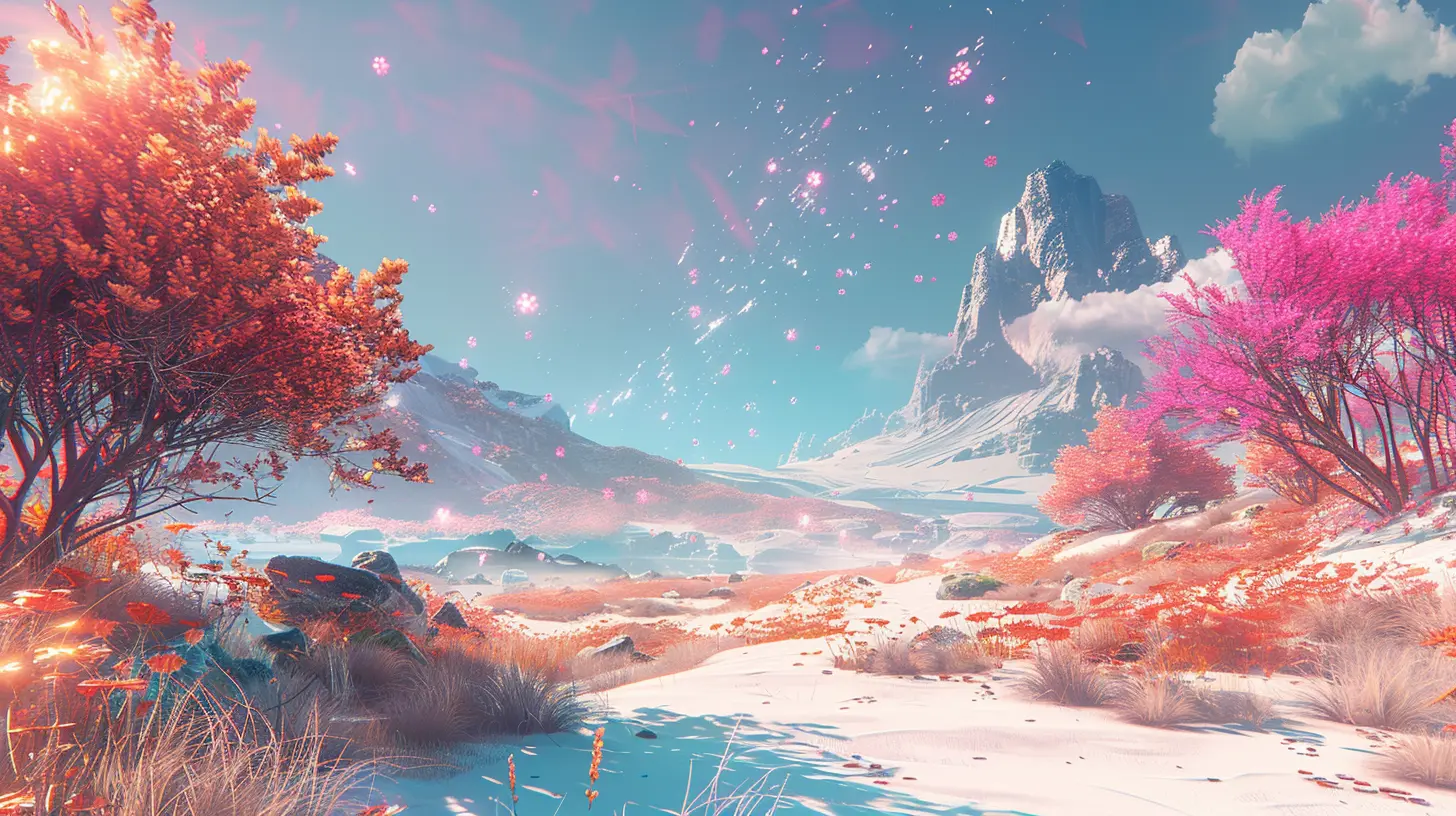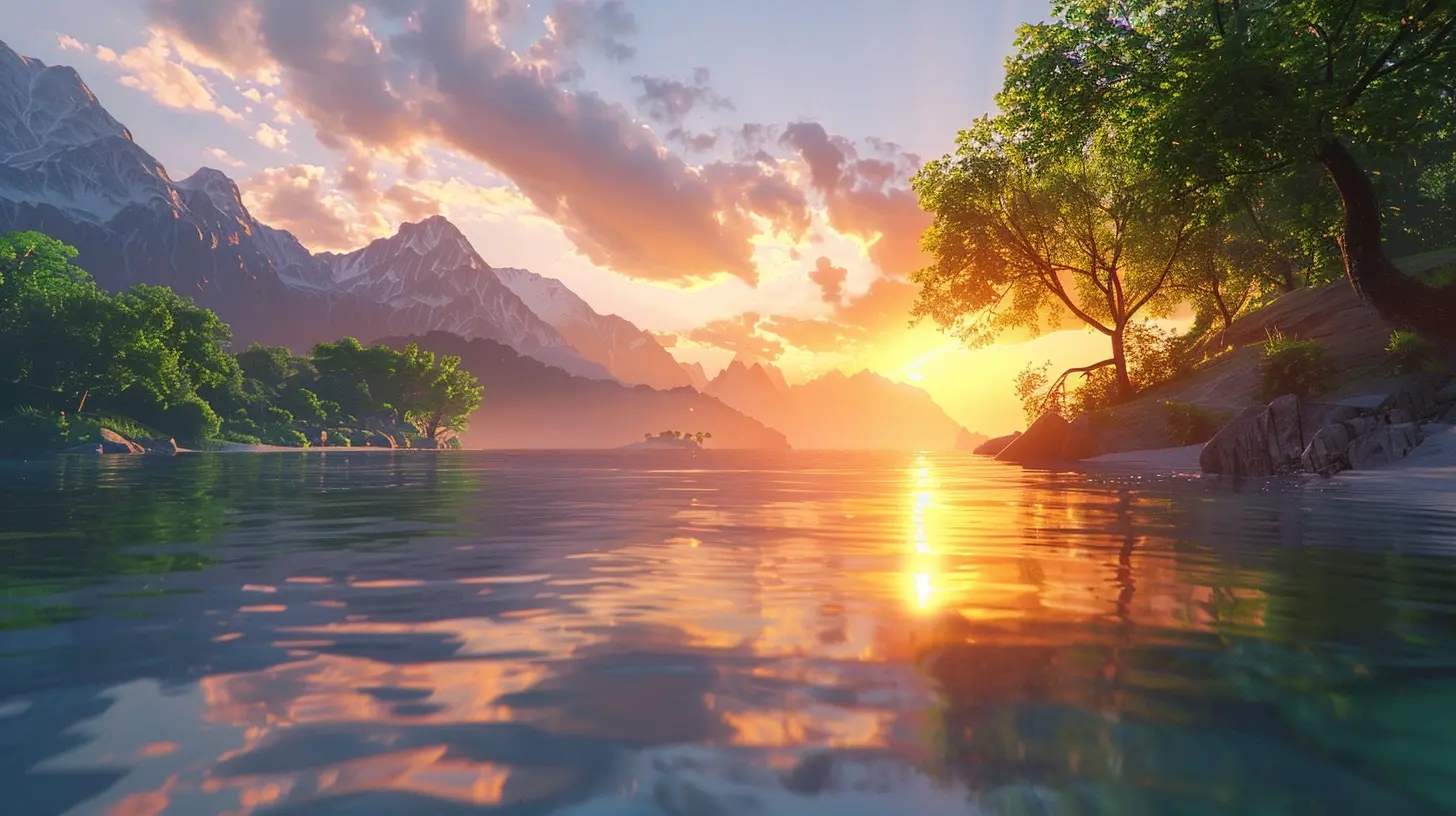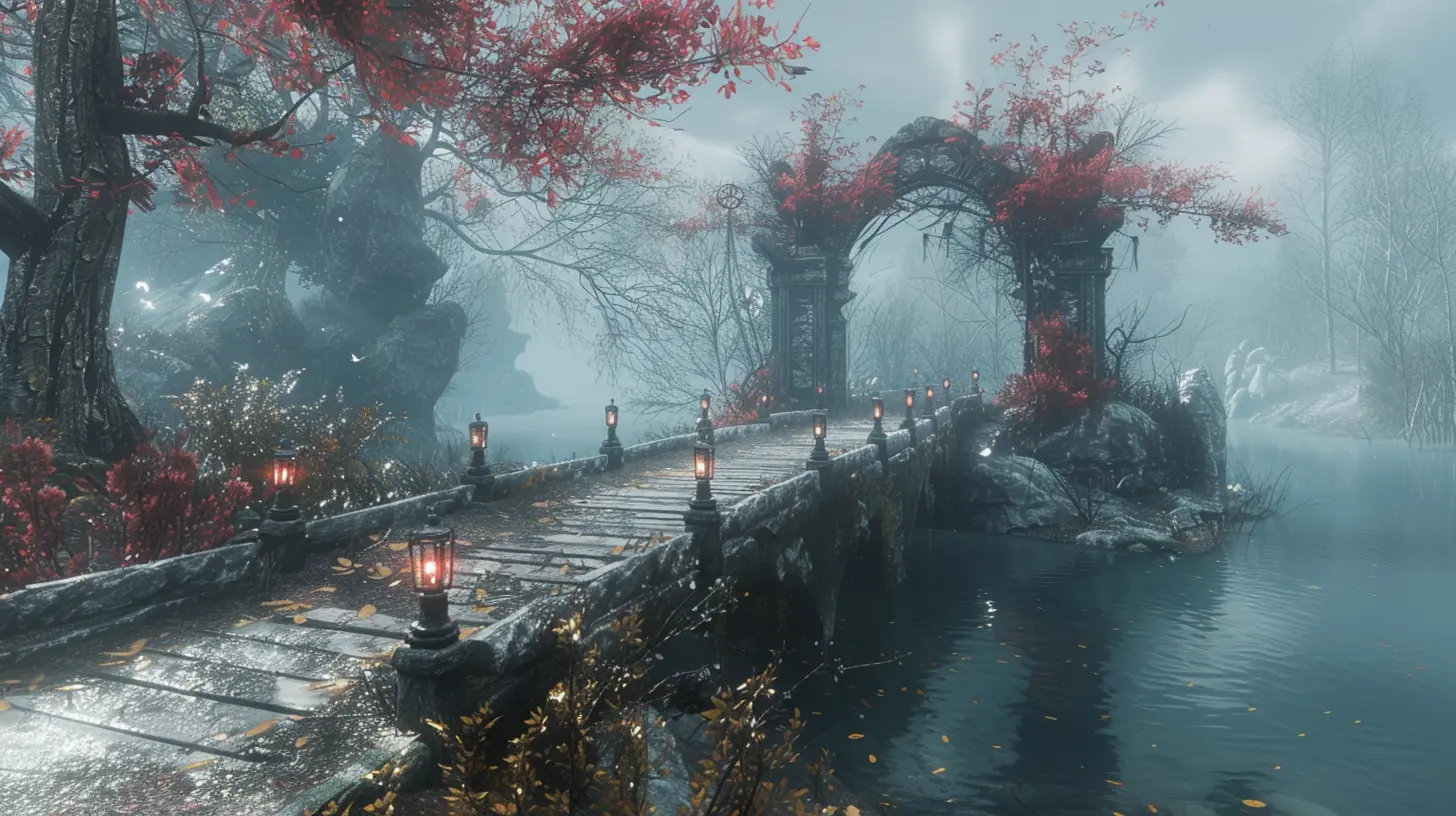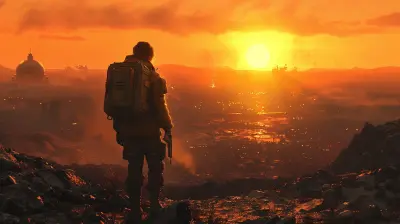Creating Stunning Visuals with Unity’s Shader Graph
2 September 2025
Let’s talk about eye candy. No, not that kind—I'm talking game visuals so gorgeous they make your jaw drop. You know the feeling when you see a lush, glowing forest in a game or a sci-fi environment filled with shimmering holograms and pulsing lights? Yeah, that’s the kind of magic you can whip up using Unity’s Shader Graph. Sounds mystical, right? But guess what—it’s way more approachable than it sounds, and you don’t need to be some programming wizard to get started.
In this article, we're diving into the awesomeness that is Unity’s Shader Graph. Whether you're an indie developer, a hobbyist, or just someone who loves adding that extra flair to your game project, hang tight. We’re about to crank your visual game up to eleven.
What Is Shader Graph Anyway?
Imagine you’re a painter—but instead of brushes and paints, you’ve got nodes. Shader Graph is Unity’s visual tool for building shaders. It lets you create custom materials using a drag-and-drop interface. No need to write a single line of shader code (unless you’re into that kind of thing).Think of it like building with Lego blocks but for game textures and surface effects. You connect nodes—each representing a small action or function—and together they create a shader that tells Unity how to render your object. Simple? Yep. Powerful? Absolutely.
Why Shader Graph Is a Game Changer
Back in the day, if you wanted stylized water, glowing crystals, or a holographic character, you’d have to dive deep into HLSL or ShaderLab. Now? You can slap together something cool in minutes, and tweak it without sifting through endless code.Here’s why Shader Graph is the best sidekick you never knew you needed:
- 🧠 Visual interface = no coding (unless you want to!)
- 🔄 Real-time feedback as you build and tweak your shaders
- 🎨 Highly customizable for different types of shaders
- 🖥️ Works with both URP and HDRP
Whether you're going for that low-poly pastel vibe or gritty cyberpunk aesthetics, Shader Graph is your one-stop shop.
Getting Started: Setting Up Shader Graph in Unity
Okay, before we get all creative, let’s set the stage.Step 1: Choose the Right Render Pipeline
Shader Graph isn’t available out-of-the-box with the Built-In Render Pipeline. You need either:- URP (Universal Render Pipeline) — great for most platforms and general use
- HDRP (High Definition Render Pipeline) — best for high-end graphics on powerful machines
Pick the one that fits your game. If you’re not sure, URP is usually a safe bet.
Step 2: Installing Shader Graph
If you're creating a new Unity project:1. Choose the URP or HDRP template.
2. Unity will automatically install Shader Graph for you.
Already have a project? No sweat:
1. Open Window > Package Manager
2. Find and install Universal RP or High Definition RP
3. Shader Graph comes bundled with them!
Creating Your First Shader Graph
Alrighty, let’s cook up some visual magic.Step 1: Create a Shader Graph
1. Right-click in your Project window2. Go to Create > Shader > [URP/HDRP] > Lit Shader Graph
3. Name it something like “MagicMushroomShader” (or whatever floats your boat)
Step 2: Open the Graph and Start Connecting Nodes
Once opened, you’ll see a blank slate with a Master Node on the right. Here’s where it gets fun.Let’s say you want to make a glowing object:
1. Add a Color Node — this’ll control the base color.
2. Add an Emission Node — this makes the object glow.
3. Connect them up.
4. Save and close.
Then, apply your shader to a material, and slap that material on a GameObject.
🔮 Boom. Glowy object magic.
Fun Things You Can Do with Shader Graph
Here’s where it gets juicy. You’re not just limited to basic color tweaks. With Shader Graph, you can make crazy-cool effects with just a little creativity:1. Glowing Objects and Energy Fields
Perfect for sci-fi games. Play with the Fresnel Effect and Time Nodes to create pulsing, glowing edges.2. Animated Water
Use Sine waves and Time nodes to simulate water flow. Throw in some distortion nodes, and boom—your water’s alive.3. Dissolve Effects
Make your enemies vaporize like a Marvel villain. Mix a Noise texture with a Step node, and you’ve got yourself a slick dissolve shader.4. Holograms and Glitches
Stack UV distortion, scanlines, and color shifting for that hacker-vibe hologram. Works great for menu transitions or sci-fi aesthetics.5. Toon Shading
Cell-shading lets you go full comic book or anime style. Use the Lighting Model and a Ramp Texture to control how light hits surfaces.Tips to Make Your Shaders Look Extra Polished
Creating something flashy is fun, but polishing it to perfection? That’s art. Here are a few pro-tips to level up:- 🎨 Use textures for added detail. Procedural is cool, but sometimes you need that grungy metal or mossy stone.
- 🌈 Keep color values within a reasonable range. Overdoing glow or contrast can break immersion.
- ⏳ Animate with Time Nodes. They bring life and motion to static scenes.
- 🔂 Experiment with tiling and offset. Small tweaks can dramatically change how a material feels.
- 🧪 Preview often. Shader Graph lets you see changes instantly—take advantage of it!
Performance Matters: Optimization Tips
Let’s face it, fancy visuals are awesome... until they tank your frame rate. Shader Graph makes complex shaders easy to build, but that also means it’s easy to go overboard.Here’s how to keep your shaders sleek and fast:
- 🚫 Avoid heavy math where possible
- 🎭 Use simplified versions of shaders for distant objects
- 📉 Keep node complexity low—combine similar effects
- 🧊 Use baked lighting when you can to save GPU cycles
Remember, it’s not just about looking good—it’s about running smooth too.
Shader Graph in Real-World Games
Still not convinced how powerful Shader Graph really is? Let’s take a look at how developers are using it in actual games:- Stylized RPGs: Cell-shading with Shader Graph creates bold, anime-style visuals
- Survival Games: Dynamic terrain shaders react to weather & seasons
- Space Shooters: Glowing shields, ship engines, and laser effects—Shader Graph all the way
Whether it’s water that ripples with footsteps, or armor that reflects an alien sky, the possibilities are practically endless.
Going Beyond: Custom Functions & Sub Graphs
Once you've dabbled in the basics, it's time to get serious.Custom Functions
Know a bit of shader code? You can inject your own logic into Shader Graph using the Custom Function Node. You get the best of both worlds—visual editing AND raw power.Sub Graphs
Reusing the same node patterns across several shaders? Bundle them up into a Sub Graph and keep your workflow clean and modular. It's like making your own Lego pieces!Shader Graph vs Other Tools
You might be wondering, “What if I want more advanced features?” Short answer: Shader Graph is great for 90% of use cases. But for ultra-specific stuff:- Amplify Shader Editor (third-party)
- Writing shaders manually with HLSL
That said, Unity keeps improving Shader Graph. With each version, it gets closer to covering every shader need under the sun.
Final Thoughts: Get Visual, Get Creative
Creating stunning visuals with Unity's Shader Graph is like unlocking a secret toolkit you didn’t know you needed. Suddenly, your characters glow when they pick up power-ups, your magical portals swirl with energy, and creepy ruins drip with ooze.And the best part? You don’t need to be a technical genius to pull it off.
Shader Graph is your creative playground. Mess around with it. Push buttons. Drag nodes. See what sticks. Sure, some experiments might explode in your face (in a digital way), but others? They’ll be pure gold.
So go ahead—make your game stand out. Make it sparkle. Make it weird. With Shader Graph, the only limit is what you can imagine.
all images in this post were generated using AI tools
Category:
Unity GamesAuthor:

Tayla Warner
Discussion
rate this article
1 comments
Selena Bowman
Great insights on Shader Graph! Excited to experiment with creating breathtaking visuals in my upcoming projects.
September 7, 2025 at 2:38 PM

Tayla Warner
Thank you! I'm glad you found the insights helpful. Can't wait to see what stunning visuals you create!


